 The project will deliver vision correction to the poor in Cambodia, using self-adjustable glasses that allow the user to self-diagnose their own prescription. Once individuals determine their own prescriptions, they will be able to choose from standardized eyeglasses that fit a range of prescriptions. This approach allows a reduction in the cost of vision correction in several ways: first, it bypasses the high cost of customized prescriptions by using self-adjustable eyeglasses to diagnose and standardized eyeglasses to wear. Second, standardized eyeglasses allow customers to exchange or return the eyeglasses if they are not satisfied, which is impossible with customized eyeglasses. Third, by applying self-refraction technology and standardized eyeglasses for vision correction, an affordable eyeglasses supply chain can be established with the end price to the consumer being as low as $2.50 USD. Finally, since the process itself of self-diagnosis allows people to experience better vision first-hand even before purchasing, the self-refraction approach can increase their willingness to pay for vision correction compared to the conventional approaches, which merely allow for the optometrist to diagnose without the patient actually experiencing better vision.
The project will deliver vision correction to the poor in Cambodia, using self-adjustable glasses that allow the user to self-diagnose their own prescription. Once individuals determine their own prescriptions, they will be able to choose from standardized eyeglasses that fit a range of prescriptions. This approach allows a reduction in the cost of vision correction in several ways: first, it bypasses the high cost of customized prescriptions by using self-adjustable eyeglasses to diagnose and standardized eyeglasses to wear. Second, standardized eyeglasses allow customers to exchange or return the eyeglasses if they are not satisfied, which is impossible with customized eyeglasses. Third, by applying self-refraction technology and standardized eyeglasses for vision correction, an affordable eyeglasses supply chain can be established with the end price to the consumer being as low as $2.50 USD. Finally, since the process itself of self-diagnosis allows people to experience better vision first-hand even before purchasing, the self-refraction approach can increase their willingness to pay for vision correction compared to the conventional approaches, which merely allow for the optometrist to diagnose without the patient actually experiencing better vision.
Crime Fighter: Mobile App That Prevents Crime (UC Berkeley)
Many students who died during the 2007 shooting at Virginia Tech tried to text 9-1-1 for help, but their messages were never received because police

